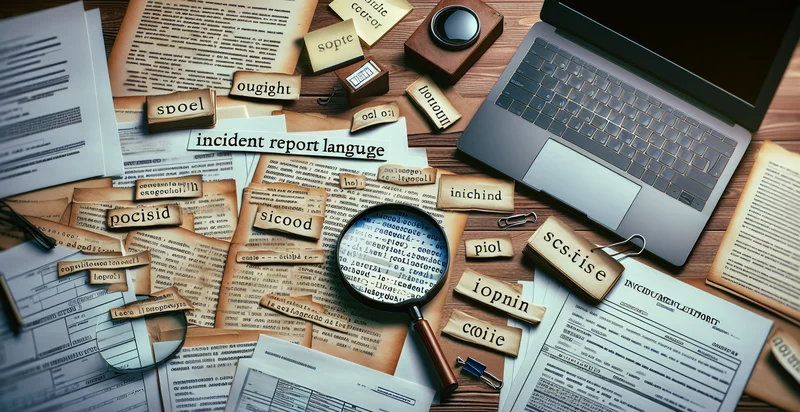Identify language of maintenance log
using AI
Below is a free classifier to identify language of maintenance log. Just input your text, and our AI will predict the necessary maintenance actions required for each equipment type. - in just seconds.

Contact us for API access
Or, use Nyckel to build highly-accurate custom classifiers in just minutes. No PhD required.
Get started
import nyckel
credentials = nyckel.Credentials("YOUR_CLIENT_ID", "YOUR_CLIENT_SECRET")
nyckel.invoke("language-of-maintenance-log", "your_text_here", credentials)
fetch('https://www.nyckel.com/v1/functions/language-of-maintenance-log/invoke', {
method: 'POST',
headers: {
'Authorization': 'Bearer ' + 'YOUR_BEARER_TOKEN',
'Content-Type': 'application/json',
},
body: JSON.stringify(
{"data": "your_text_here"}
)
})
.then(response => response.json())
.then(data => console.log(data));
curl -X POST \
-H "Content-Type: application/json" \
-H "Authorization: Bearer YOUR_BEARER_TOKEN" \
-d '{"data": "your_text_here"}' \
https://www.nyckel.com/v1/functions/language-of-maintenance-log/invoke
How this classifier works
To start, input the text that you'd like analyzed. Our AI tool will then predict the necessary maintenance actions required for each equipment type..
This pretrained text model uses a Nyckel-created dataset and has 45 labels, including Arabic, Basque, Bengali, Bulgarian, Catalan, Croatian, Czech, Danish, Dutch and English.
We'll also show a confidence score (the higher the number, the more confident the AI model is around the necessary maintenance actions required for each equipment type.).
Whether you're just curious or building language of maintenance log detection into your application, we hope our classifier proves helpful.
Related Classifiers
Need to identify language of maintenance log at scale?
Get API or Zapier access to this classifier for free. It's perfect for:
- Language Detection for Maintenance Logs: This use case focuses on identifying the primary language used in maintenance logs across different regions. By automatically classifying logs, companies can ensure that communications are correctly interpreted and translated when needed, improving documentation practices and operational efficiency.
- Standardization of Maintenance Reporting: This function can help standardize maintenance logs by identifying the language and format used in these documents. By promoting consistency, organizations can enhance data integrity and ensure that all team members understand maintenance issues, regardless of their language preference.
- Improved Training Material Development: Organizations can utilize this function to analyze the language of maintenance logs to understand common terminology and language patterns. By examining how different languages are used, HR and training departments can develop more effective multilingual training materials tailored to their workforce.
- Multilingual Support for Maintenance Teams: With maintenance teams often spread globally, language classification ensures that critical logs are directed to the appropriate language support team. This functionality can streamline communications and responsiveness, ultimately minimizing downtime and improving service delivery.
- Enhanced Incident Reporting Analysis: For companies tracking incidents and anomalies through maintenance logs, identifying the language can facilitate the analysis of specific trends among different language groups. This information can help businesses better understand and address maintenance challenges that may be more prevalent in certain linguistic regions.
- Compliance and Regulatory Reporting: Companies in regulated industries can utilize language classification to ensure that maintenance logs are compliant with regional language requirements. By confirming that documents are in the required language, organizations can avert potential legal issues and improve overall compliance efforts.
- Language-Specific Analytics and Insights: This function can enable businesses to generate insights specific to different language segments of maintenance logs. By identifying language usage trends and disparities, organizations can tailor their maintenance strategies and resource allocation to better address the needs of diverse language-speaking teams.


